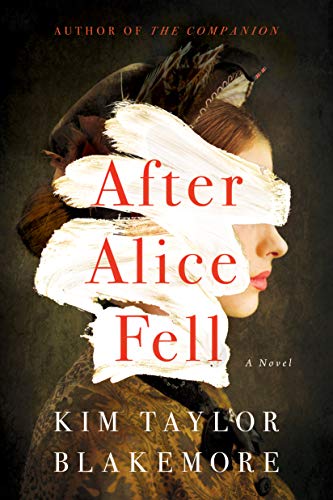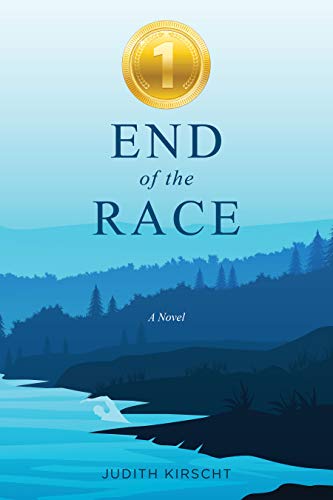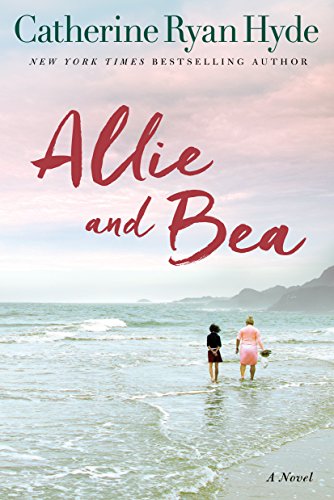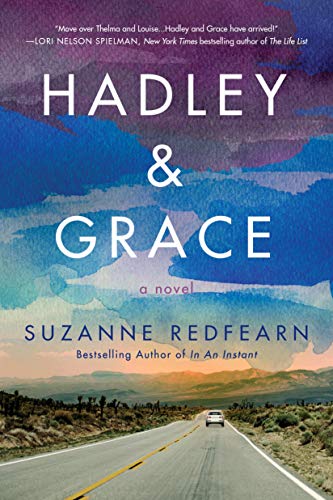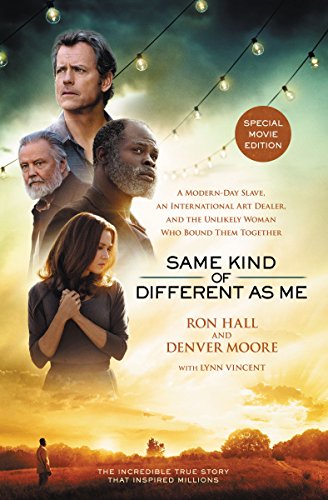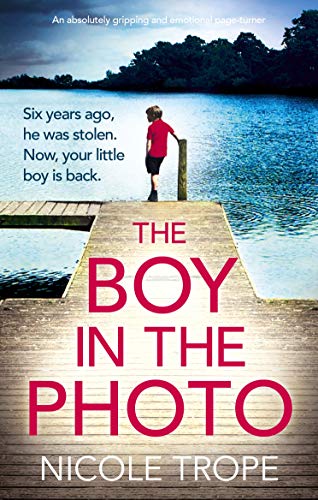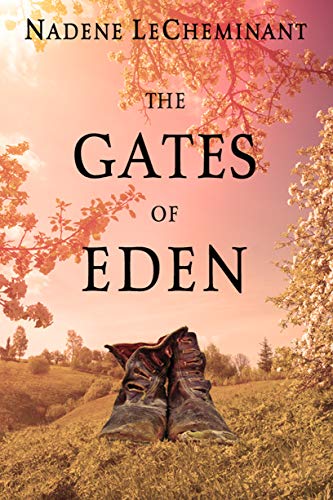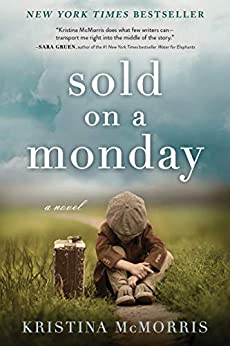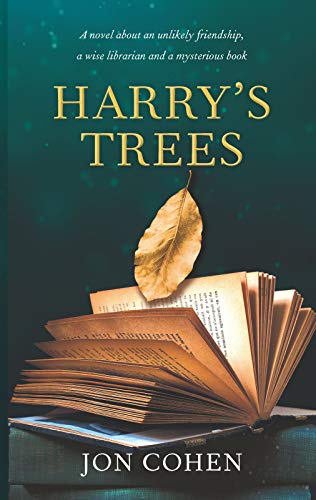
Harry’s Trees by Jon Cohen is an inspirational, sad, and sometimes funny novel about shattered lives, unbearable grief, and redemption.
Harry Crane, grief stricken over the sudden death of his wife, harbors guilt. If only he hadn’t left her for just that moment to buy a stupid lottery ticket. But he did, and now she’s been killed by a wayward wrecking crane and he’s riddled with guilt. He leaves his office job with the U.S. Forest Service and heads for the only place he can find solace—a forest in the Endless Mountains of Northeastern Pennsylvania. Harry is at home with trees. His grief is so overwhelming that he can’t imagine life without his beloved Beth.
While in the forest, he meets Amanda Jeffers, an ER nurse, and her ten-year-old daughter, Oriana. They’re both grieving for Dean, their bigger-than-life husband and father who, without warning, died suddenly a year before. Harry can’t bear to go home. Amanda and Oriana offer him the use of a magnificent tree house that Dean built, just a half-mile from their home.
Wolf, Harry’s older, over-bearing brother, can see that profit can be made from Harry’s tragedy. Wolf instigates a law suit against the wrecking-crane company that killed his sister-in-law, thinking of course that he’s entitled to his share of what promises to be a large settlement.
Oriana, wise and mature beyond her years, learned the ways of the forest from her outdoorsman father. She and Harry can talk trees for hours, call them by their Latin name, know their seasons, their growing patterns, their friends, their enemies. Oriana is an avid reader and, still a child after all, fantasizes that her father will return.
Harry’s Trees touched my heart. The down-to-earth characters, even the ill-intentioned scoundrels, are well crafted. The author knows his trees, and his descriptions bring nature’s life to the page. I highly recommend this engaging story of unbearable loss, the strength of the human spirit, and the comfort found in nature.


